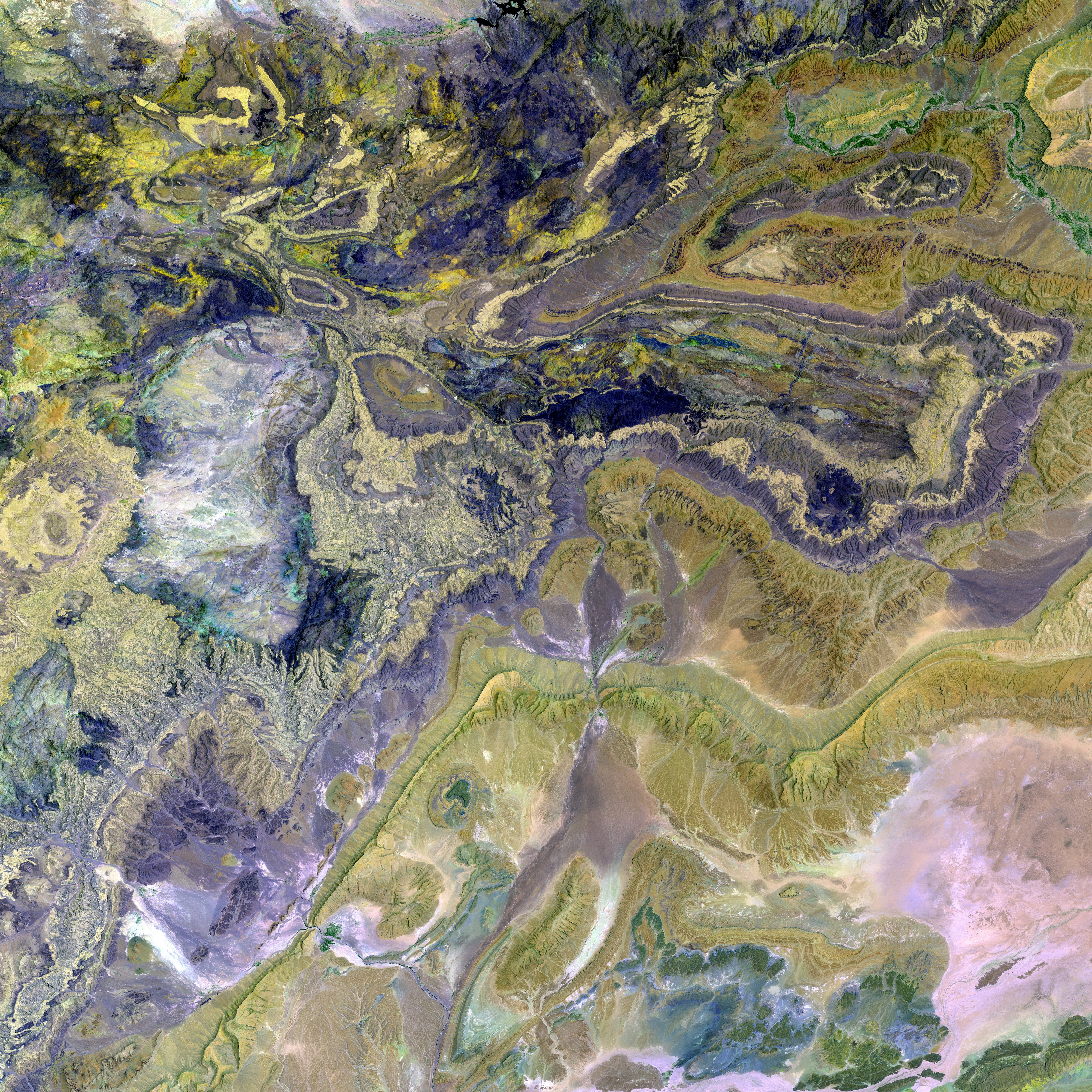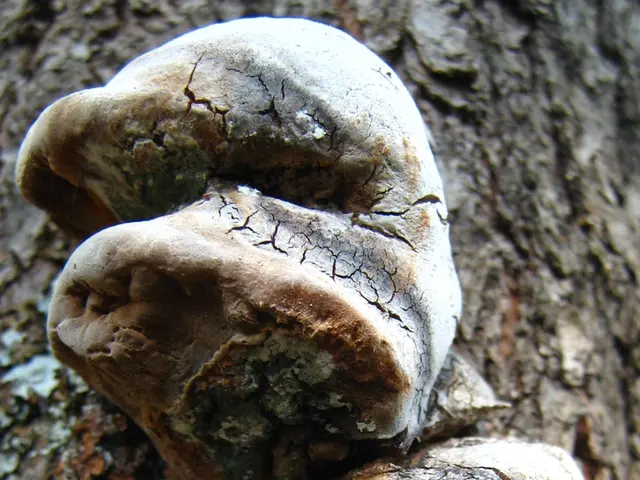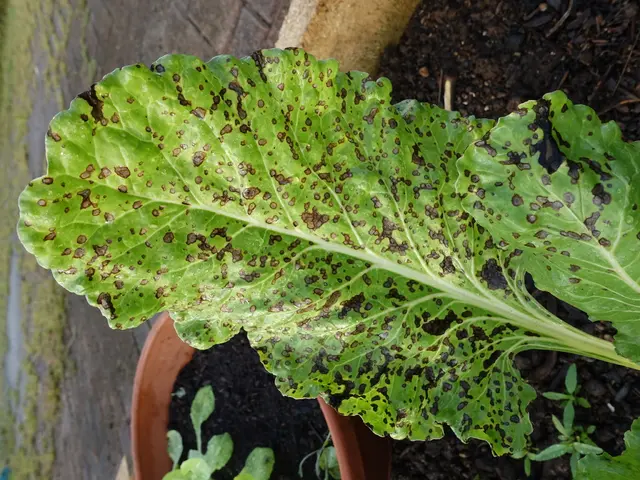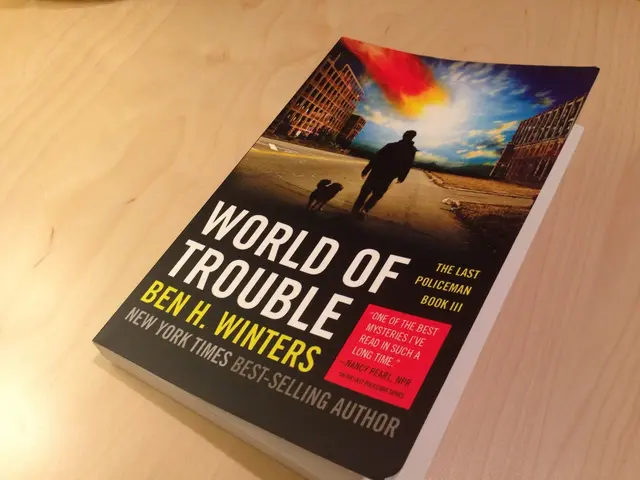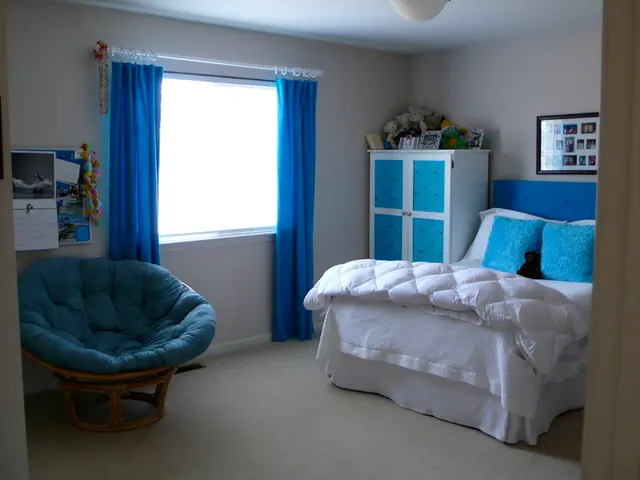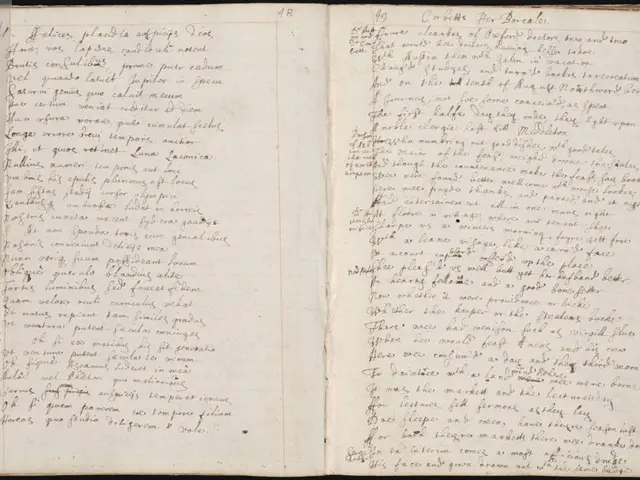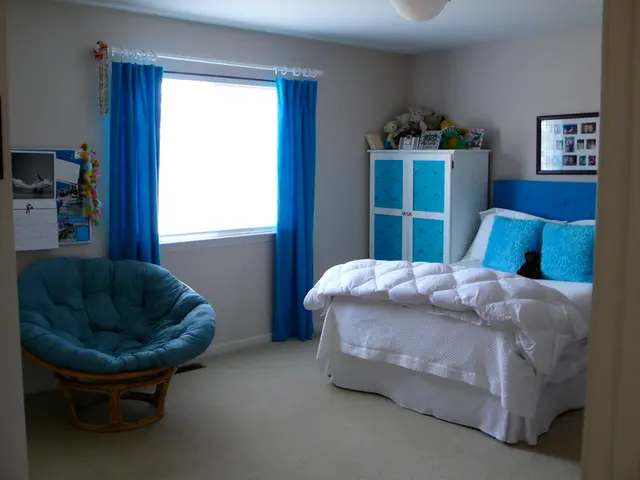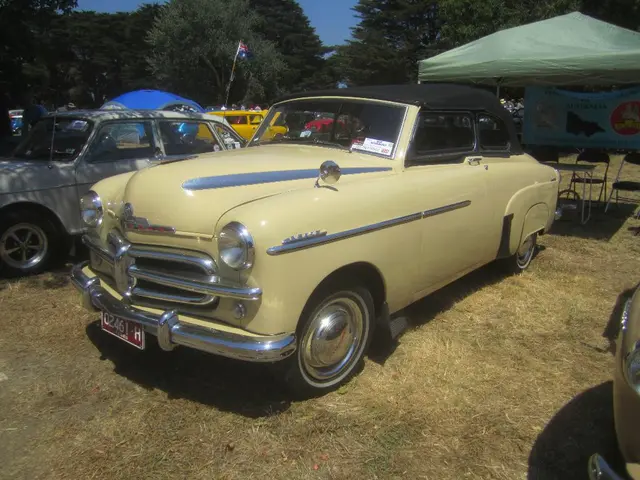Everything being sown during the month of May.
Gardening Guide
Ready to get your hands dirty? May is a busy month for gardeners, filled with seedings and plantings. Inside, I'm sowing late-planted veggies like cucumbers and a second round of annual flowers such as stock and celosia. Outside, it's direct seed time for vegetables like corn and beans, and annuals like sunflowers. Just remember to keep up with succession planting during this action-packed time. Don't forget to rejuvenate your eco lawn too!
Lawns
Embrace the final rain of the season to sprout your ecological lawn or clover lawn. Feel uneasy about transforming your entire yard? No worries, go small by seeding a patch of clover to test it out. For a diverse lawn, add other low-lying flowers such as yarrow, English daisy, and various clovers. I go for traditional white clover for winter coverage, and red and strawberry clover for a vibrant summer display.
Annual Flowers
With most U.S. regions boasting enough sunshine this month, it's the perfect time to direct seed annuals like wildflowers straight into the soil. If you're trying your hand at direct-sown annuals, plant them as soon as the frost risk has passed. Refer to the seed packet for the correct seed depth, as many varieties cannot germinate when just sprinkled on the soil. Sunflower seeds, for instance, require a depth of around an inch or so, while tiny seeds like celosia can be sowed on the surface. For a more natural look, mix the seeds with soil, and gently scatter them before covering with a light layer of soil and patting down. Finish by watering.
Remember that summer is fleeting, so if you haven't planted annual flower starts, do it now before the end of May. Consider eye-catching ideas like a flower wall or a line of sunflowers marking the edge of your property or garden.
Direct-Sown Vegetables
While some gardeners direct sow vegetables like tomatoes and peppers outdoors, it's generally best to start them indoors in the U.S. due to the short summer. However, quick-growing vegetables like beans and cucumbers are fine to seed outside as they have shallow roots.
Beans can either be bush or vine type, and both require support. Vining beans can grow up to ten feet tall, so sturdy support is a must, as they can pull a trellis down.
Cucumbers do well outside, especially cucamelons, which have gained popularity in recent years. These germinate quickly and prefer not to have their roots disturbed, making them ideal candidates for succession planting.

Pumpkins and squash can be seeded directly in the dirt. Pumpkins need hilling, which is easily done by piling compost into a mound and planting two or three pumpkin seeds per hill. Smaller pumpkins can grow on an arch, making for a unique and space-saving touch.
Zucchini and summer squash can be direct sown outside in most climates. Give it a try this summer!
Corn should always be direct seeded, as it's easy to germinate and grows quickly. Make sure you're planting corn in blocks of four by four feet to ensure proper pollination.
Melons and cucurbits like cucumbers and squash can be direct sown outside, but remember that they can cross-pollinate, so don't plant them close together or you might end up with some peculiar garden hybrids.
Succession Seeding
Capitalize on the last of the spring rain to germinate additional rounds of carrots. This abundant moisture should help the seeds during their critical germination phase. This time of year, I leave radiishes, lettuce, green onions, beets, and kohlrabi seeds outside in a secure spot so I don't forget to seed them each week. You don't need to plant a whole packet each time – just enough for your consumption. Remember to mark your rows so you don't plant in an already-seeded spot.
To ensure a continuous supply of lettuce, I direct seed a long, low planter or corner of a planting bed with lettuce seeds. Once the seeds germinate, the planter will be packed with lettuce. However, if the planter becomes too congested, the lettuce won't grow well, so I remove seedlings from the ends of the planter each week to plant them in the garden beds. This way, the planter serves as a temporary holding area for lettuce throughout the summer, and I have a constant supply of seedlings to transplant.
Seeding Inside
While there's ample sunshine in May, starting seeds indoors provides advantages such as reduced exposure to predators like squirrels, birds, and rabbits. You can also control the atmosphere better. If it's a challenging year for slugs, for example, I may choose to grow cucumbers as indoor starts to avoid potential damage. Sometimes I opt to grow starts indoors and outdoors simultaneously, enabling me to swap in a start if an outdoor one gets snacked on. I also start a second round of flowers like stock and celosia indoors, as they are delicate seeds that thrive in a controlled environment. Once they're ready, I can place the grown starts precisely where I want them in my garden.
- What seeds to plant in May include cucumbers and a second round of annual flowers like stock and celosia inside, and direct seeding for vegetables like corn and beans, and annuals like sunflowers outside.
- For a diverse lawn, consider adding low-lying flowers such as yarrow, English daisy, and various clovers, along with overseeded traditional white clover for winter coverage and red and strawberry clover for a vibrant summer display.
- To direct seed annual flowers, plant them as soon as the frost risk has passed and refer to the seed packet for the correct seed depth, as many varieties cannot germinate when just sprinkled on the soil.
- Remember that summer is fleeting, so if you haven't planted annual flower starts, do it now before the end of May, considering unique ideas like a flower wall or a line of sunflowers.
- For quick-growing vegetables like beans and cucumbers, it's fine to seed outside, while warmth-loving seedlings like tomatoes and peppers are typically started indoors due to the short summer.
